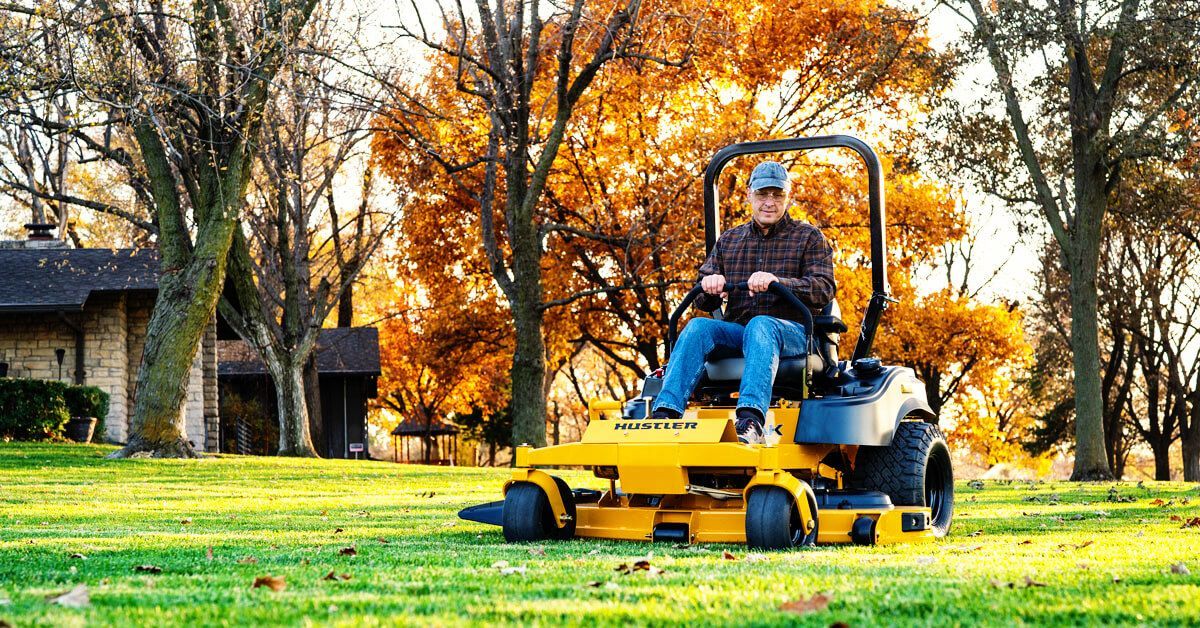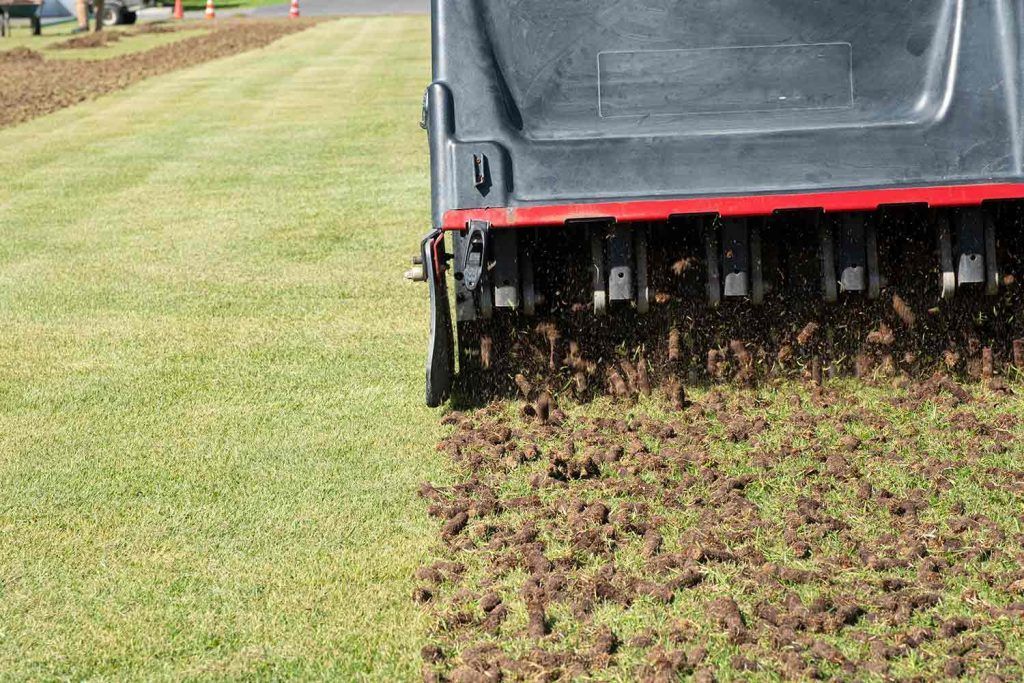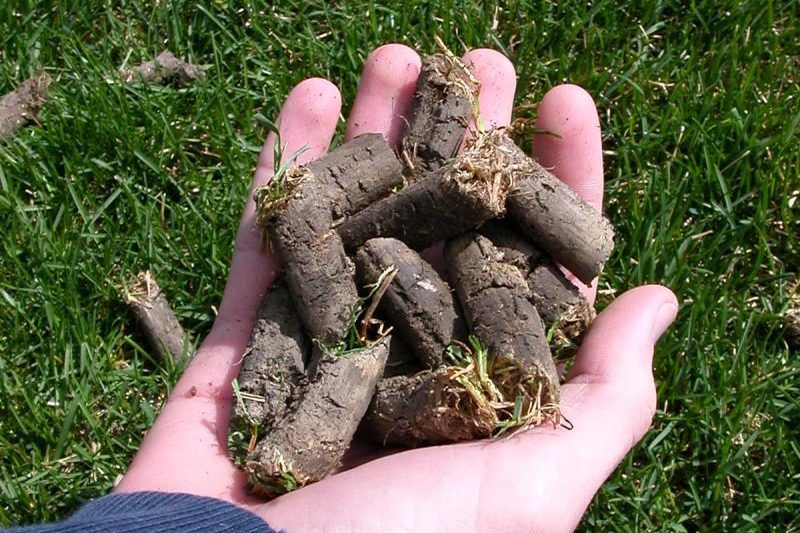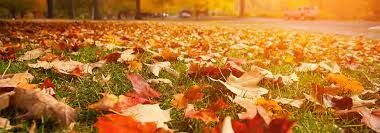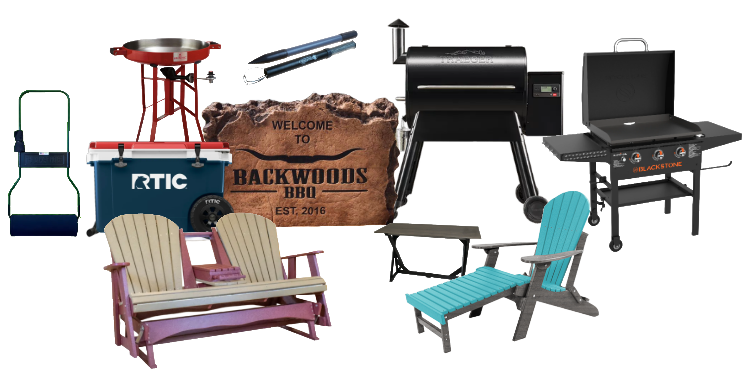Compacted soil causes a variety of issues for homeowners that can turn their lawn into a constant source of frustration. The grass doesn't grow as thick or green as it should, leaving unwanted bare spots and making it vulnerable to weeds. Watering the lawn seems like a waste because most of it runs off, and fertilizer doesn’t make as much of a difference because nutrients can’t penetrate the soil. As the lawn deteriorates, homeowners worry about the long-term damage, wondering if they’ll have to completely re-sod or invest in costly repairs.
Why Aerating Your Lawn Is the Secret to a Healthier Yard
Expert Tips and Tricks For Aerating Your Lawn
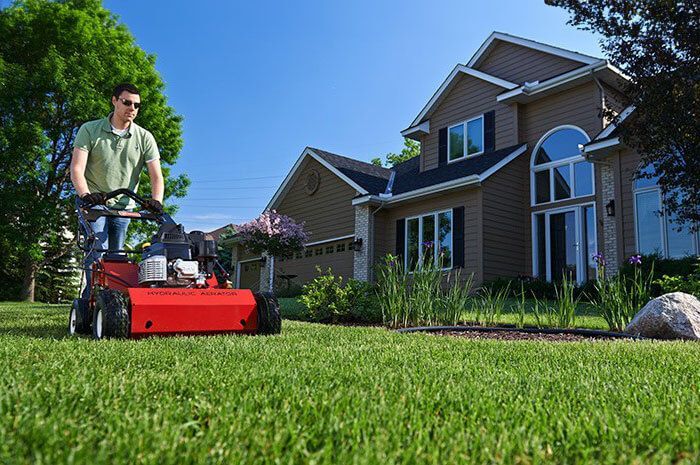
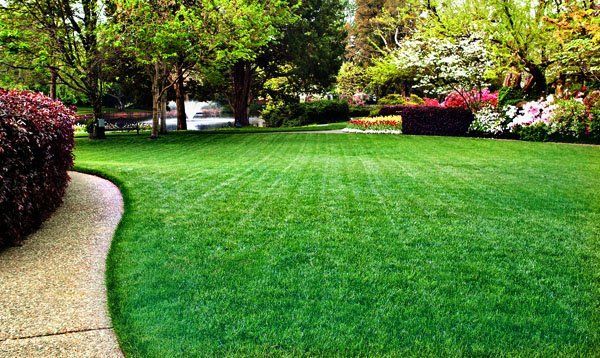
When is the Best Time to Aerate?
Aeration works best when done just before or during periods of high growth. However, not immediately preceding or during periods of stress to the lawn. For example, heat or drought. The type of grasses that make up your lawn will determine the best time of year to aerate.
When to Aerate if You Have Cool-Season Grasses: If you’re working with cool-season grasses, including bluegrass, fescue, and ryegrass, aerating during the growth periods in the spring and fall is best. However, if you aerate in the spring make sure to do it early in the season to avoid rising temperatures that will put stress on your lawn.
When to Aerate if You Have Warm-Season Grasses: For warm-season grasses such as Bermudagrass, buffalograss, St. Augustine and zoysiagrass, aerate your yard during warm times of the year, between late-spring and early-autumn.
Considerations for Aerating in the Spring: In the spring, if possible, wait until you’ve mowed the lawn at least once or twice before aerating. This is tricky in northern climates where the spring season is usually condensed. However, mowing before aerating ensures the lawn will grow fast enough to recover and take advantage of the increased pore space and air exchange at the root zone that aeration creates.
One caveat, says Friell, is that any disturbance of the root zone in the spring can increase weed competition by bringing buried seeds to the surface. “Applying fertilizer and a pre-emergent weed killer following aeration can reduce the potential for weed competition and increase the hardiness of the grasses. But don’t apply a weed killer if you plan to overseed following aeration. It will prevent germination of the seed you put down.”
Considerations for Aerating in the Fall: “Aeration should be performed early enough in the fall that the turf can recover before it needs to prepare for winter dormancy,” Friell said.
In addition to it being among the best times to aerate your lawn, fall is also a great season to overseed. However, if you plan to overseed, do so quickly after aerating your yard so that your seeds start growing into grass before a freeze moves in.
Part of why getting the timing right is so important is because if you’re doing spike or core aeration (the most popular method), the process will puncture holes into your lawn, which allows air to spread while reducing surface compaction in the aerated area. As these holes are punctured, water and fertilizer can more easily reach the roots below your turf.
How Often Should You Aerate Your Lawn?
Friell says eration should be performed at least once per year on most lawns. Lawns with compacted soil or soil with high clay content may benefit from aeration twice annually. It’s also good practice to aerate twice annually if your lawn gets a lot of foot traffic.
3 Things To Do After Aerating Your Lawn
- Watering after aeration is always a good idea. As Friell said, lawns should not be aerated when turf is wet, or the dirt contains enough moisture to be muddy.
- Apply an application of fertilizer and weed killer shortly following aeration. However, be sure to skip the weed killer if you’re going to overseed following aeration.
- Overseed after aeration so seeds can take advantage of the disturbed surface. This creates better seed-to-soil contact, which encourages successful germination.
Following core aeration, it’s fine to leave the soil plugs in your yard that were pulled up during aeration. The plugs will typically decompose after a couple weeks. If you use the spike or liquid aeration, there won’t be any plugs.
580.886.2345
MDenterprisesOK.com
For your best lawn, porch, patio, or acreage, we’re your people. Making your life easier with quality products and services at fair prices is our mission.
#LawnCare #LawnTips #FertilizerTips #Gardening #DIY #MDEnterprises #HealthyLawn #GreenThumb #GardeningLife
Other related Blogs from M&D:
https://www.mdenterprisesok.com/oklahoma-essential-lawn-care-tips
https://www.mdenterprisesok.com/repurpose-fall-leaves
https://www.mdenterprisesok.com/aerating-tips-and-tricks
Please give our social media a look for more entertaining and informative information:
https://linktr.ee/mdenterprisesok
Sources:
Toro Yardcare Blog
“When to Aerate Your Lawn“, Bayer Advanced, Web. Accessed Jan. 28, 2016
Day, Julie, “Spring Lawn Care Guide“, TodaysHomeowner.com, Web. Accessed Jan. 28, 2016
Fresenburg, Brad S. “Spring Lawn Care — Aeration, Fertility and Crabgrass Control“, University of Missouri Integrated Pest Management, Web. March 15, 2012
Juror, Richard and Wallace, Greg, “Properly Aerating Lawns“, Iowa State University Extension and Outreach, Web. Aug. 12, 2015
Share Our Blog Post(s) However You'd Like!
Contact
Contact Us
